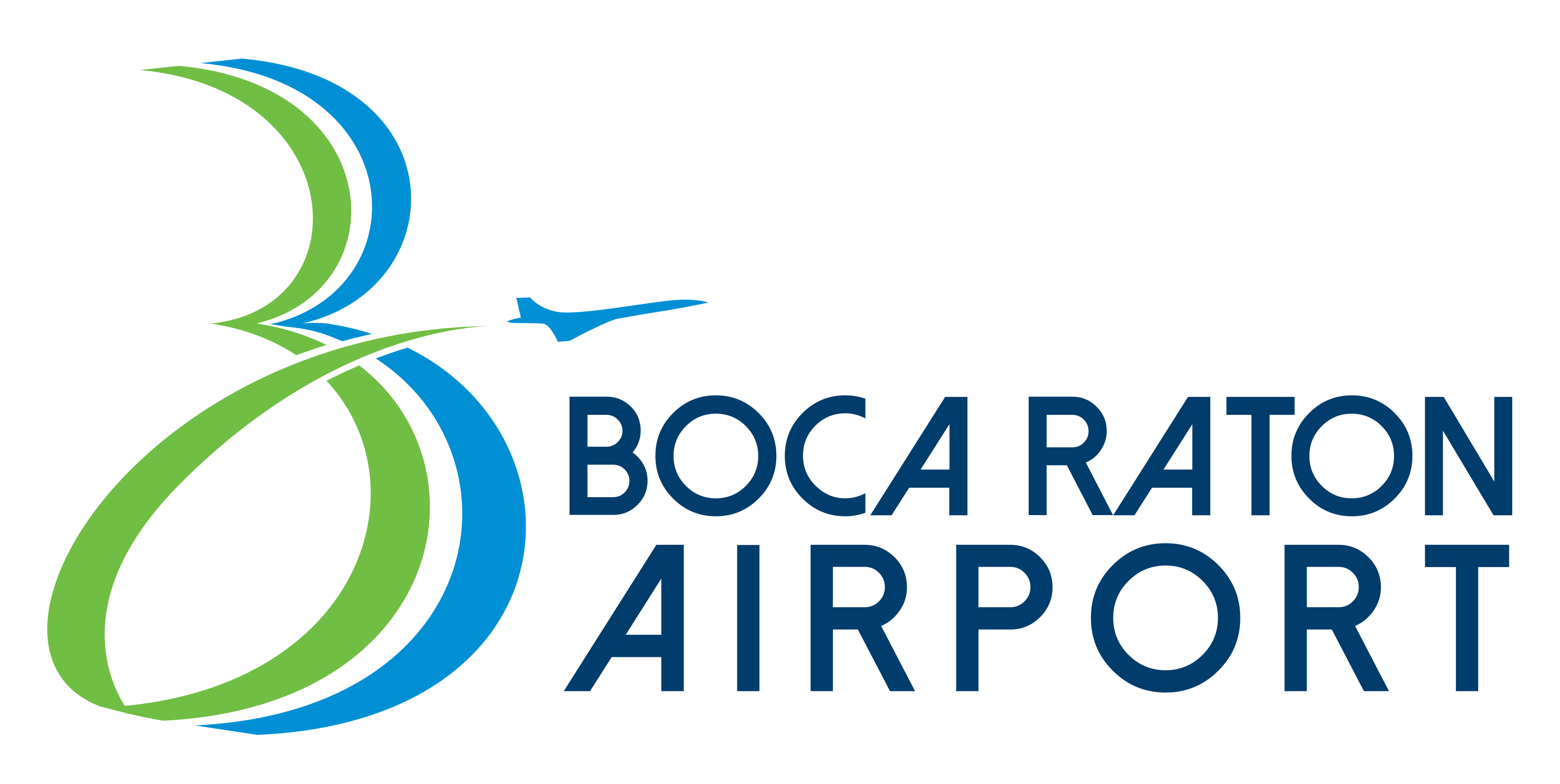Noise Exposure Map Update
This Noise Exposure Map update will include updating all Airport noise contours, noise exposure maps, and submission to the Federal Aviation Administration. The Boca Raton Airport Authority (BRAA) last conducted an NEM update in 2017. As the general aviation fleet mix changes and traffic levels fluctuate it is important to periodically update the NEM in order to accurately and effectively respond to noise concerns from the surrounding community particularly with the ongoing FAA South Florida Metroplex Airspace Redesign.
Stormwater Improvements/Wildlife Mitigation Project (Phase 1B)
This project comprises of the construction, construction administration, inspection, testing, and other professional consulting services necessary to construct the improvements to portions of the runway safety area for Runway 5-23 and portions BCT’s open ditch stormwater treatment area adjacent to Airport Road that were proposed for design during FY2023. The improvements would entail potentially covering portions of these open stormwater culvert areas with underground stormwater containment systems or a comparable means for sub-surface water treatment and retention. The proposed project would help improve (by leveling) the terrain for RWY 5-23’s runway safety area and reduce the potential for wildlife attractants to this area that currently exists because of the open stormwater retention area. Along the landside, the repurposing of surface area currently serving stormwater treatment and retention would offer the opportunity for other revenue generating development or uses.
Generator Replacement Project
This project entails replacing the emergency generators for the Air Traffic Control Tower and the Airfield Electrical Vault. The project will also include replacing associated peripherals, cabling, monitoring equipment, fuel tanks, and containment equipment.
The airfield emergency generator was placed in service in 1996 and the Air Traffic Control Tower emergency generator was placed in service in 2005. As these units near and exceed 20 years in operation the required maintenance and upkeep have drastically increased and issues with reliability have been encountered. The project will also have an environmental benefit as newer generators have much lower emission levels.
|
Sustainability Management Plan Update |
The Sustainability Management plan includes developing Sustainability Policy, identifying and analyzing sustainability categories at the airport, develop measurable sustainability goals, identify a range of sustainability initiatives, and integrate sustainability into the over all development of the airport. The Boca Raton Airport Authority (BRAA) is committed to protecting the environment, promoting high and stable levels of economic growth, and fostering social progress that recognizes all stakeholder needs. The Sustainability Management Plan will provide numerous benefits to the BRAA including reduced energy consumption, reduced noise impacts, reduced hazardous and solid waste generation, reduced emissions, improved water quality, improved community relations, and cost savings.
Administration Building Improvements
As the BRAA is a special district of the State of Florida it is required to hold its meetings in manner that is open to public participation and comment. Previously these meetings were held in rented spaces such as the Boca Raton City Hall and after that became unavailable due to Covid-19 restrictions a hotel conference room. BRAA is seeking funding to enhance its administration office to accommodate public meetings. The purpose of these enhancements is to expand the functionality of the building beyond administrative and management offices to include meeting space adequate for public meetings and monthly BRAA meetings thereby minimizing the need for renting space going forward and to improve the BRAA’s emergency preparedness and response.
In addition to the cost savings to the BRAA, the airport can better ensure the health and safety of staff, board members, and the public by utilizing our own space. The enhancements will include modifications to HVAC systems to include upgraded filtration and disinfecting capabilities. Additionally, by having a larger meeting space, the Authority can ensure attendees can adhere to social distancing guidelines. As a special district of the State of Florida, BRAA acts independently from County and City operations. These improvements will better prepare the building to act as an EOC in times of emergency. This request will encompass design, construction, and CA services for the project.
Observation Area Project
The project comprises of the siting, programming, design, bid/award, construction, and construction administration/supervision/inspection associated with a new observation tower at BCT, planned to be generally elevated platform to provide clear line of sight across the airfield and unimpeded view of the airport’s various facilities located to the west of Runway 5-23 and Taxiway B. It will be a covered facility to protect users during inclement weather, and will possess limited communications equipment that may be desirable during larger events. The Airport Authority wishes to develop an observation area that can be used by the general public and aviation enthusiasts for education purposes, public assembly, event hosting, and other general uses.
Completed Projects
Completed Projects
Click on the link below to view projects already completed.




